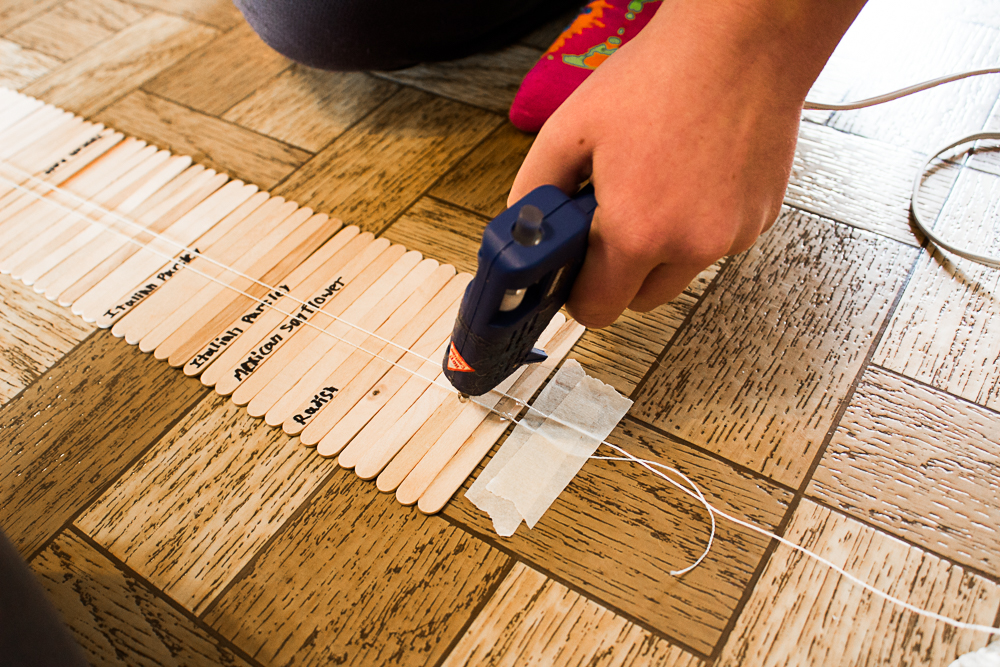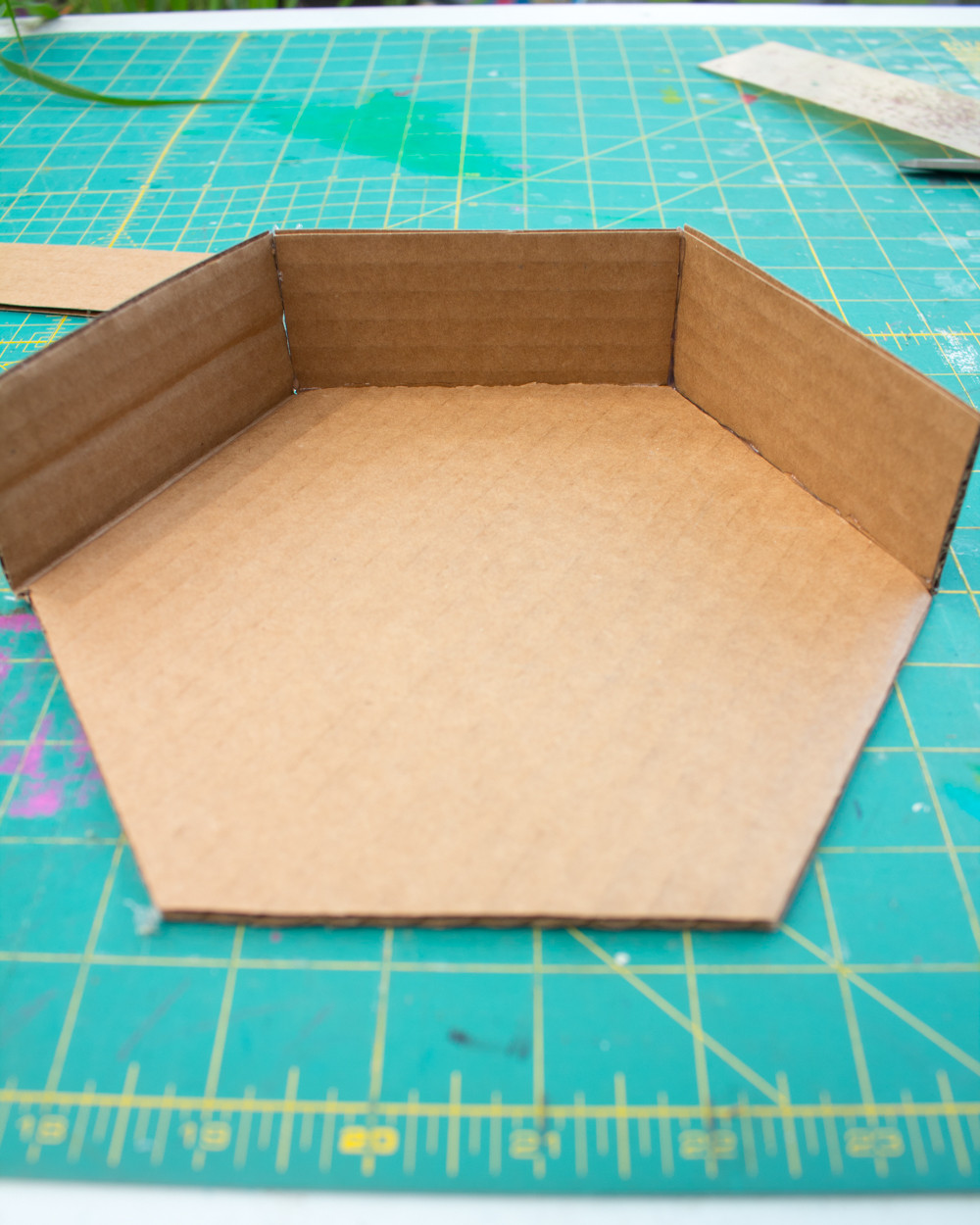Sometime during the pandemic, one of my kids became a coffee drinker.
She's a teenager, so it's not, like, "real" coffee, or rather, not anything like the black coffee that I drink out of my French press every morning. Instead, her mid-morning coffee break consists of a carefully crafted beverage that does contain a goodly amount of either instant coffee or cold-brew, but also has so much sugar and milk in it that when she sometimes makes me a cup, too, because she's a generous kid, it tastes exactly like coffee candy in liquid form.
I don't know, you guys. Was I supposed to forbid her coffee until she's all grown up? I feel like maybe I was, but ugh. There is just so much to remember about being a parent!
Anyway, it's more fun to find fancy coffee drinks on social media and make them with her.
You guys! I know this half-drunk mess in a Mason jar does not look appetizing, but it is that whipped coffee all the...
Posted by Craft Knife on Friday, April 24, 2020
Whipped coffee was definitely our gateway drink.
As much as I have the sinking sensation that I ought to be discouraging my growing child from polluting herself with caffeine, it IS pretty fun to have the love of fancy coffee drinks in common with her, and I do keep an eye out for delicious-looking recipes to try with her.
I mean, I would NEVER go to all the trouble to make myself, alone, a fancy coffee drink, not when black coffee is so quick and easy and gives me that same knot of anxious energy in the pit of my stomach. But when I make a fancy coffee drink with my teenager? Well, that's just us bonding!
Here's the latest recipe that we tried:
@cowlover3000 this is how i make the starbucks brown sugar shaken espresso yes i use a pasta jar for my coffees ##starbucksdrinks ##starbucksrecipes
♬ original sound - robyn
We made it a little too sweet--
@littlebeancoffee Reply to @ashleypummel I added peppermint because I’m still in a holiday mood 😍🎄##coffee ##frappuccino ##mocha ##starbucks ##christmas ##fyp
♬ The Girl - City and Colour
But whatever. One thing that I now know about pandemics is that they leave plenty of time for housecleaning!
P.S. If you're doing a better job of keeping your teenagers away from caffeine than I am, I highly recommend DIY hot chocolate bombs as another great cooking with teenagers project!












































